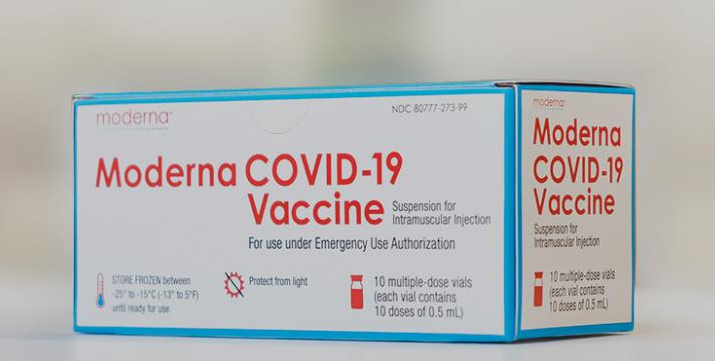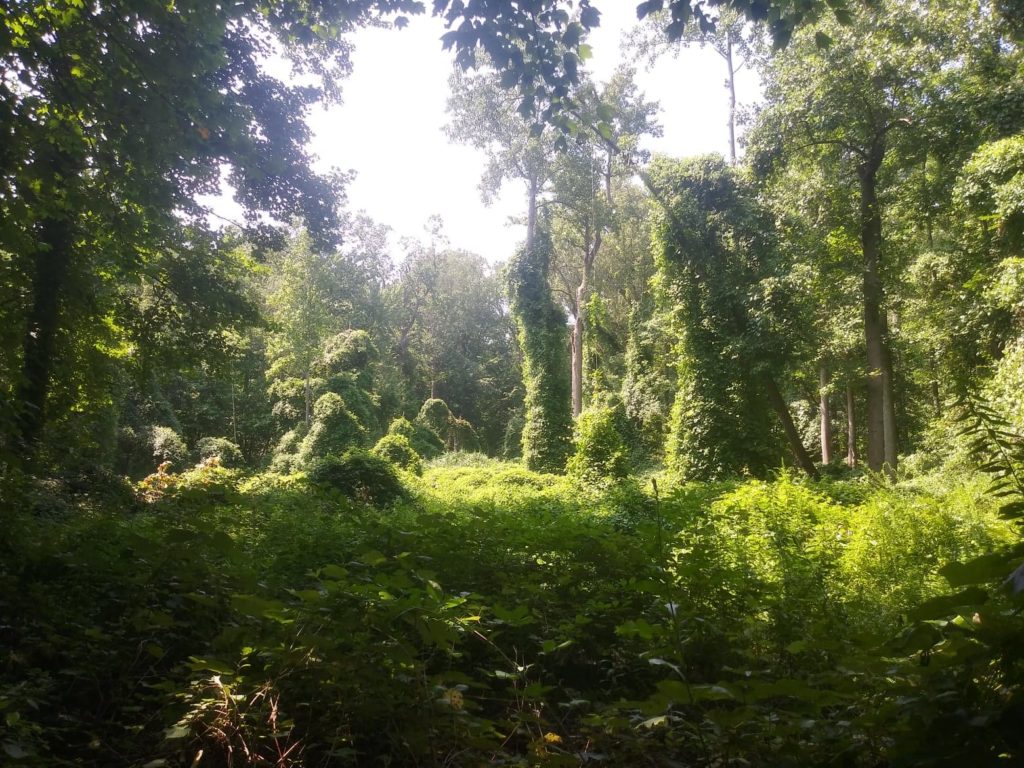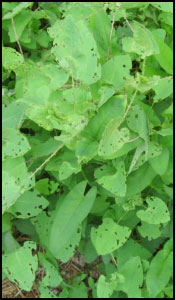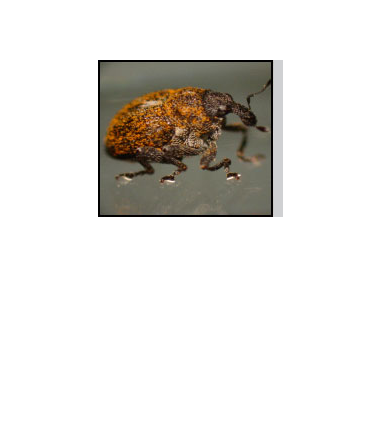Many of us are increasingly aware of vaccines and how they work. This can be used to help understand how biocontrol of invasive species works, though there are significant differences.

There are many vaccines available, many of which are standard regardless of where one lives, while others are more important in some locations than others. Our bodies are amazing, but unfortunately, they typically only learn to fight pathogens after getting an infection. The way a vaccine works is to get the body to learn recognize a pathogen and build defenses against it so the body can be ready to fight an infection before any infection even happens.

As covered in the article “Preventing Pandemics in Nature,” the pandemic caused by the corona virus is similar to an invasion of a species into a new ecosystem. Just as the coronavirus is from one small part of the world and does not originally infect humans, it spread across the world, infecting millions. Invasive species may be plants, animals, pathogens, fish, insects, or any other creature that spread to a new ecosystem. The reason they cause harm is because the new ecosystem has no control measures, no insects that feed on it, no diseases that harm it, and they can grow rapidly, displacing the species already in the area. Since a food web requires species to be fed on, and these invasive species are not, they end up harming the ecosystem.


Biocontrol is when people use one creature to control the spread of another, unwanted species. It could be goats to eat grasses, or beetles to eat plant leaves, or something similar. Biocontrol is comparable to vaccines because it is trying to teach a biological system to fight an infection. In this case the biological system is an ecosystem and the infection is an invasive species (plants, animals, insects, fish, etc.). A vaccine helps the immune system create antibodies, but biocontrol uses another creature to eat, injure, or kill the invasive species.
In the case outlined in pictures above, the vine mile-a-minute (Persicaria perfoliata) has spread rapidly through several states. Through careful research, scientists found that a weevil known as Rhinoncomimus latipes attacks the stem of the plant as larvae, and the leaves of the plants as adults. It is also very host-specific, meaning the insect will not attack any other plant. Thus, after raising these insects in a large lab in New Jersey, they were then released into the wild in areas infested with the invasive vine. The insects then harm the vine by feeding on it, making it grow slower and reproduce at a lower rate. This does enough that it is less able to completely dominate an area, though it will still be both present and invasive. Many plants receive multiple biocontrol agents, for instance Purple loosestrife (Lythrum salicaria) has four, two leaf beetles, a root weevil, and a flower weevil.

Unfortunately neither vaccines nor biocontrol agents are 100% effective. The Pfizer and Moderna coronavirus vaccines work for about 95% of adults, but not perfectly, and those other 5% of people may still contract the disease. This is true for other vaccines, which often have a lower effective rate.
Vaccines, compared to biocontrol, are more effective. Unfortunately, no biocontrol agent has ever eradicated any invasive species, but most people with a vaccine can expect to never get that disease. Still, a biocontrol agent that significantly slows the spread of an invasive species helps give the ecosystem time to adapt to the invasive and perhaps evolve new control agents of its own. It also helps prevent invasive species from choking out others; while they remain in the ecosystem, they are less likely to create a dense monoculture.
Another reason that vaccines are better than biocontrol is that vaccines are proactive, they prevent an infection before one has happened. Biocontrol, on the other hand, comes in after the invasion, after humans have identified the invasion as a problem, studied potential biocontrol agents from the invasive’s native habitat, and finally released the agent in the invaded area. Thus, vaccines are effective preventative medicine, but biocontrol is reactive and really only a bandaid solution. It helps, but it does not solve the problem. Better policies can be proactive and actually prevent invasions. Some countries, for example Australia and New Zealand, work hard to prevent invasive species from ever being brought in. In the United States, only Hawaii has a strong preventative system in place. All already suffer the effects of many invasions.
